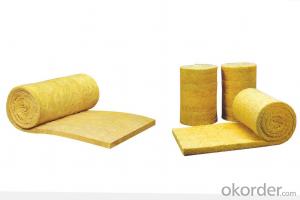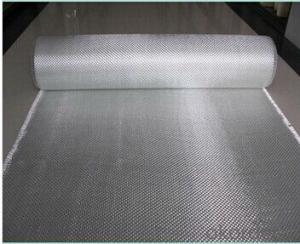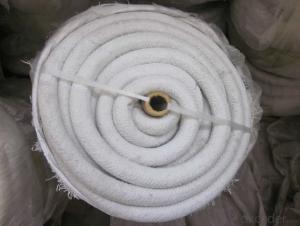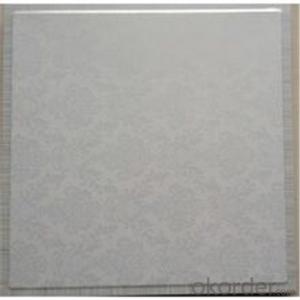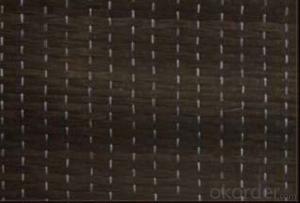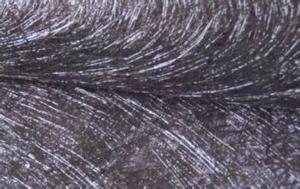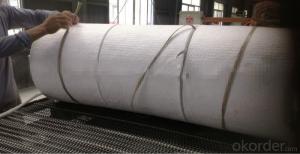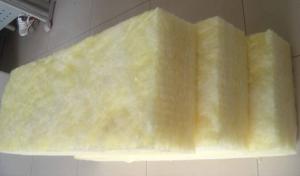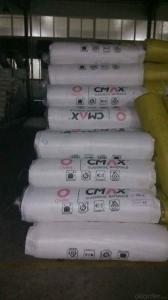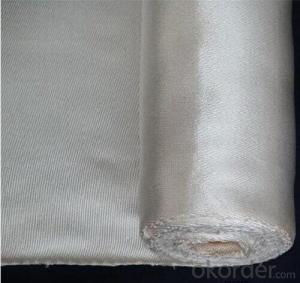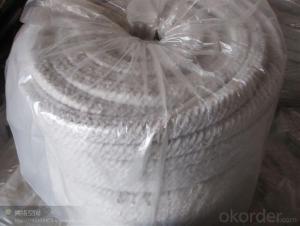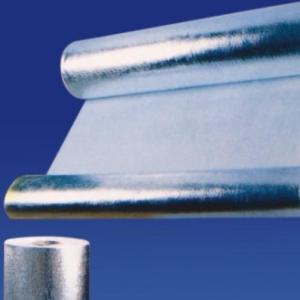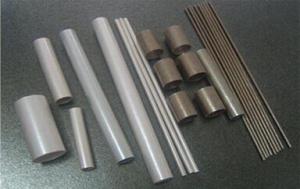Glass Fiber Textiles Thermal Insulation Wool Blankets
- Loading Port:
- Qingdao
- Payment Terms:
- TT OR LC
- Min Order Qty:
- 5000 m.t.
- Supply Capability:
- 10000 m.t./month
OKorder Service Pledge
OKorder Financial Service
You Might Also Like
Specifications
1.cheap wool blankets
2.Sound absorption and noise reduction
3.Easy for construction
4.Grade A1 fireproof
Advantages and features about glass fiber thermal insulation cheap wool blankets in china
1. excellent thermal insulation--very low thermal conductivity coefficients
2. excellent acoustic insulation--can reduce noise and sound transmitting
3. non-corrisive, durable
4. moisture resistant, fire resistant
5. good strength to resist deformation
Item | glass fiber thermal insulation cheap wool blankets in china |
Material | Main raw material: glass |
Application | Wall inslation, ceiling, roofing, heat insulation, iron air conduct, building and construction project, air conditioner, refrigeration equipment, damping, sound absorption and noise reduction, boilers, reaction vessels, tanks, ducts, high temperature workshop and chemical industries, so on. |
Size | Volume weight: 10-72 kg/m3 Thickness: 25-100mm Length: 3-20m Width: 1200mm |
Highest Usage Temperature | 450C |
Heat Conduct Coefficient | 0.045-0.032 W/mk |
Hydrophobic | >98.5 |
Incombustibility | Qualified Grade A |
Color | Yellow, White, Pink |
Packing | Chinese standard vacuumized woven bag or as your design |
Delivery time | Within 3-7 days |
Port of loading | China main port |
- Q: Can glass fiber textiles be used as soundproofing material?
- Glass fiber textiles have proven to be highly effective as soundproofing material. Their exceptional sound absorption properties, resulting from their high porosity and ability to trap sound waves, are well-known. By using glass fiber textiles as soundproofing material, the transmission of sound can be significantly reduced as they absorb and dissipate the energy of sound waves. These textiles find application in various settings, including walls, ceilings, floors, and even the construction of soundproof curtains or panels. Moreover, glass fiber textiles are lightweight, easy to install, and possess a high fire resistance rating, making them a popular choice for soundproofing purposes in both residential and commercial buildings.
- Q: Can glass fiber textiles be used in insulation?
- Yes, glass fiber textiles can be used in insulation.
- Q: Are glass fiber textiles resistant to warping?
- Glass fiber textiles, due to their construction with fine strands of glass, possess the ability to withstand warping. These textiles are woven together to create a fabric that is both strong and flexible. The glass fibers themselves exhibit high tensile strength and minimal thermal expansion, resulting in exceptional resistance to warping. Consequently, glass fiber textiles retain their shape and integrity, even when subjected to extreme temperatures or pressure. Moreover, these textiles offer resistance against moisture, chemicals, and UV radiation, which further bolsters their capacity to resist warping. Overall, the dimensional stability of glass fiber textiles is highly regarded, making them a popular choice in industries where warping is a concern, such as aerospace, automotive, and construction.
- Q: Can glass fiber textile be used in solar panels?
- Yes, glass fiber textile can be used in solar panels. It is often used as a reinforcement material for the backsheet or encapsulation layers of solar panels to provide structural support and protection. The glass fiber textile helps in enhancing the durability and longevity of the solar panels, making them more resistant to environmental factors such as moisture, temperature changes, and UV radiation.
- Q: Are glass fiber textiles resistant to water absorption?
- Yes, glass fiber textiles are generally resistant to water absorption.
- Q: Are glass fiber textiles resistant to insect damage?
- Yes, glass fiber textiles are highly resistant to insect damage.
- Q: How do glass fiber textiles resist rodents?
- Glass fiber textiles resist rodents because the material is not appealing to them for nesting or chewing purposes. The smooth and hard texture of the glass fibers makes it difficult for rodents to grip or penetrate, discouraging them from damaging or accessing the textile.
- Q: Can glass fiber textiles be used in aerospace interiors?
- Yes, glass fiber textiles can be used in aerospace interiors. Glass fiber textiles have many desirable properties that make them suitable for use in aerospace applications. Firstly, glass fiber textiles are lightweight, which is crucial in aerospace design as weight reduction is a top priority to enhance fuel efficiency and increase payload capacity. Furthermore, glass fiber textiles have high strength-to-weight ratio, making them capable of withstanding the demanding conditions of aerospace interiors. They offer excellent resistance to heat, flame, and chemicals, ensuring the safety and durability of the aircraft interior components. Glass fiber textiles also have good acoustic and thermal insulation properties, which can contribute to a more comfortable and energy-efficient cabin environment. They can help dampen noise and reduce heat transfer, providing a quieter and thermally stable interior space for passengers and crew. In addition, glass fiber textiles are highly versatile, allowing for a wide range of applications in aerospace interiors. They can be used in the manufacturing of seat covers, wall and ceiling panels, floorings, curtains, and other interior components. Overall, glass fiber textiles offer a combination of lightweight, high strength, fire resistance, acoustic and thermal insulation, and versatility, making them a suitable choice for use in aerospace interiors.
- Q: Are glass fiber textiles resistant to bacterial growth?
- Yes, glass fiber textiles are generally resistant to bacterial growth. The smooth and non-porous surface of glass fibers makes it difficult for bacteria to adhere and grow on the material. Additionally, glass fibers do not provide a suitable environment for bacterial colonization as they do not absorb moisture or provide nutrients necessary for bacterial growth.
- Q: Can glass fiber textiles be knit?
- No, glass fiber textiles cannot be knit as they are made from inorganic materials and lack the flexibility required for the knitting process.
Send your message to us
Glass Fiber Textiles Thermal Insulation Wool Blankets
- Loading Port:
- Qingdao
- Payment Terms:
- TT OR LC
- Min Order Qty:
- 5000 m.t.
- Supply Capability:
- 10000 m.t./month
OKorder Service Pledge
OKorder Financial Service
Similar products
Hot products
Hot Searches
Related keywords
